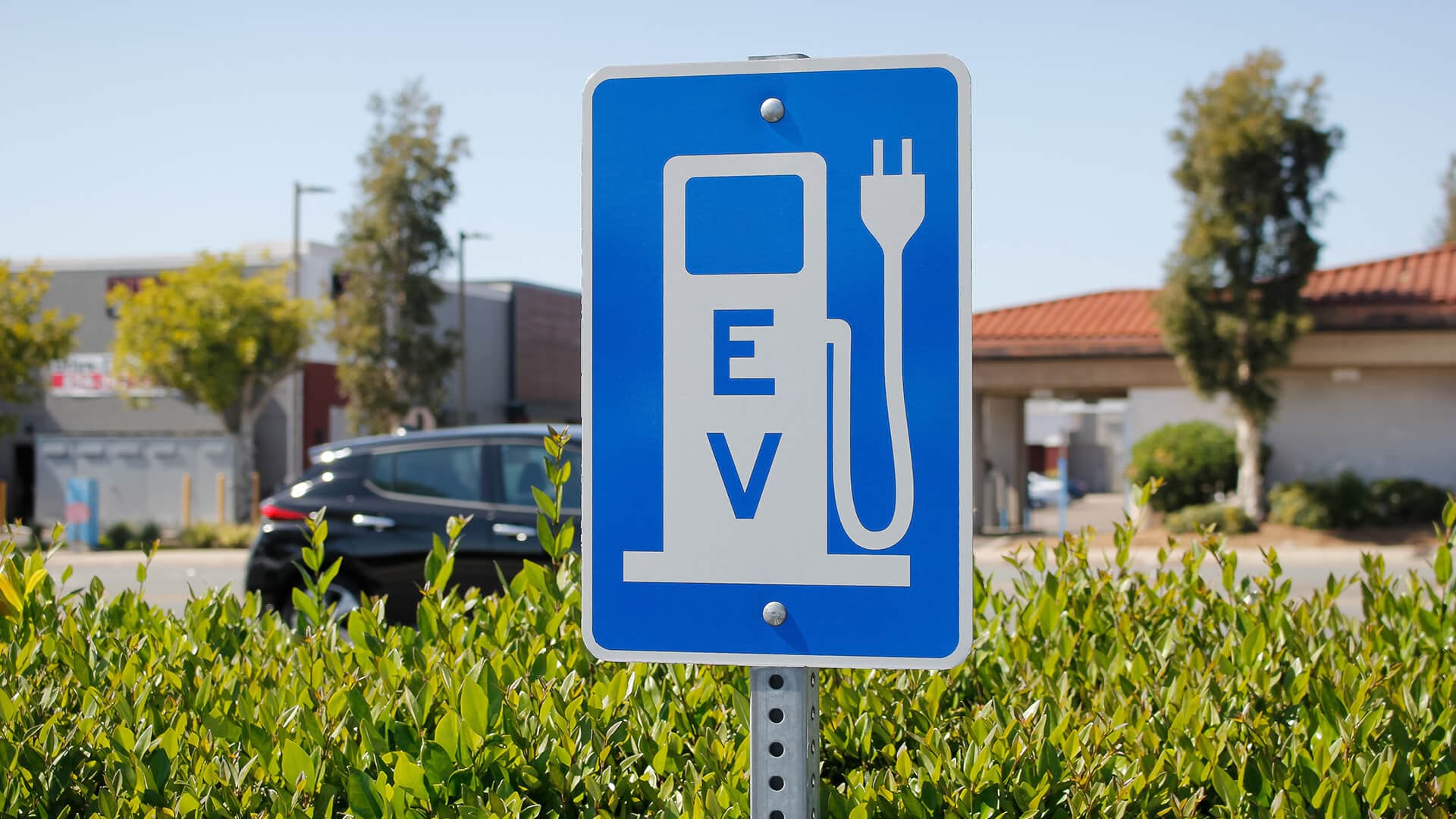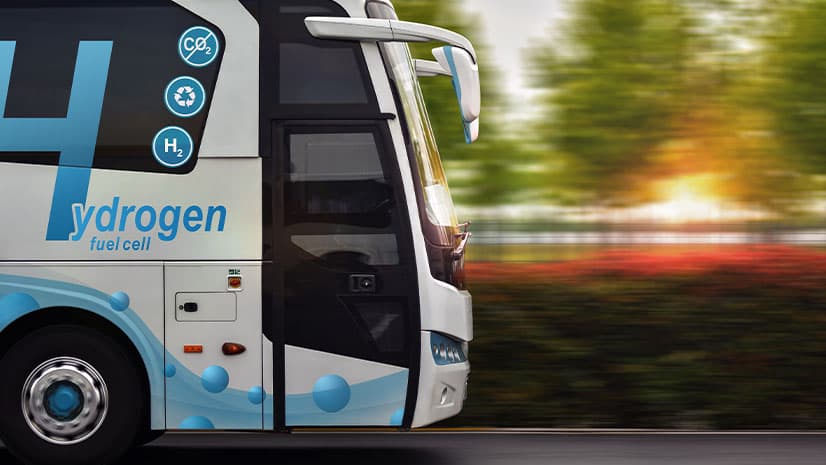In January, the Biden administration announced a new infusion of grant money intended to speed progress toward the goal of building 500,000 electric vehicle (EV) chargers nationwide by 2030.
The $623 million round of investment, part of the 2021 Bipartisan Infrastructure Law, will support 47 EV infrastructure projects across 22 states and Puerto Rico.
Many of the grants are designed to fill gaps in charging accessibility for disadvantaged, lower-income, or rural regions. Among the locations expected to receive money for chargers are a historically Black university, tribal lands, and library branches, in addition to more traditional travel corridors and depots.
As civic leaders partner with businesses specializing in EV infrastructure, they’ll need a system to track and analyze charging station data, foster collaboration, and oversee operations and maintenance. For EV changemakers, geographic information system (GIS) technology has become the software of choice to achieve those objectives.
During the site selection process, smart maps can capture the interplay between demographic data and traffic patterns to highlight the most likely areas for EV adoption. GIS dashboards provide a shared source of truth for community organizations, engineering firms, and federal officials, expediting permitting and avoiding costly delays. Once chargers are active, web-accessible maps can be used to direct EV drivers to nearby units, show them their usage trends, and manage maintenance activities.
New EV Infrastructure: Charge Your Car, Check Out a Book
One project funded by the grant program is a $15 million initiative to support 15 libraries across California’s Contra Costa County. As community centers, libraries are ideal locations for equitable charging units. But there are intricacies to consider when installing EV infrastructure, and GIS is a natural fit to guide those decisions.
While the location of the libraries is predetermined, planners still need a geographic approach when placing charger units. For instance, a longer distance between the power source and a parking spot can increase the expenses of trenching and influence the size of the wire needed to connect a charger. GIS can help contractors account for these location-based cost and design factors before breaking ground.
As planning progresses, dashboards can guide discussions between project leaders and local utilities to ensure the grid can handle the charging capacity. That information might also determine what level of chargers are installed. Smart maps can also streamline the compliance process, providing a visual resource to verify that environmental regulations, tribal laws, and fair wage standards are followed throughout construction.
Finally, once installation is complete, project owners can monitor and maintain EV chargers much like a utility company manages assets in an electric or gas network. GIS analysis also reveals demand trends that could justify the installation of more charging units.
In Every Stage of the EV Life Cycle, Location Matters
A different kind of EV infrastructure project targeted by the grants—electric truck charging at the ports of Seattle and Tacoma—also illustrates the value of location intelligence.
In the planning stage, GIS could indicate the location and number of chargers needed, based on truck movement data. Smart maps could be the central point of collaboration for drayage truck companies, EV building contractors, and port administrators.
Lastly, a unified point of command would be especially important for charger maintenance and operations in light of recent heat waves that have stressed the local power grid.
Securing and distributing funds marks a big step forward in building America’s EV charging backbone. As recipients begin turning legislation into reality, GIS technology can equip them with insights throughout the project life cycle.











